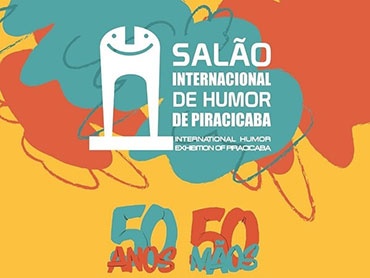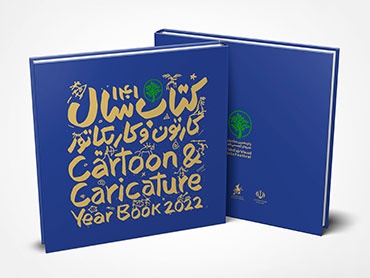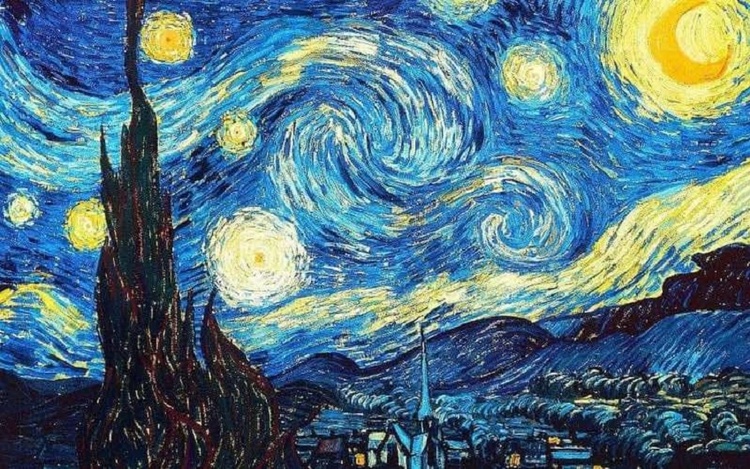
Art as a Mirror of Culture: Between Tradition and Transformation
Art has always been one of the most powerful ways in which societies express their values, beliefs, and internal tensions. From cave paintings that recorded the relationship between humankind and nature to contemporary installations that question politics, technology, and identity, each work reflects not only the artist but also the cultural context in which it was created.
Historically, artistic movements have emerged as responses to social changes. The Renaissance marked the appreciation of science and humanism; the Baroque reflected religious and political crises; while Modernism broke patterns in search of aesthetic freedom. Today, in a hyper-connected world, art becomes even more hybrid, mixing languages, media, and narratives.
Furthermore, the democratization of digital tools has broadened access to artistic creation and dissemination. Online platforms allow independent artists to reach global audiences, breaking down barriers previously imposed by galleries and institutions. Contemporary art, therefore, not only portrays the world but also transforms it, provoking reflections on identity, technology, and the future. Ultimately, art remains a dynamic mirror of who we are and what we aspire to be.
Latamarte
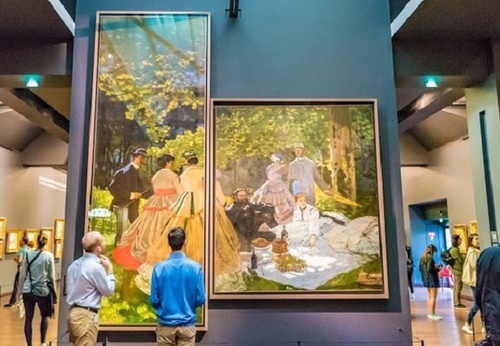
- November 16, 2025
The Importance of Aesthetic Experience in Everyday Life

- November 16, 2025
Art as a Mirror of Culture: Between Tradition and Transformation
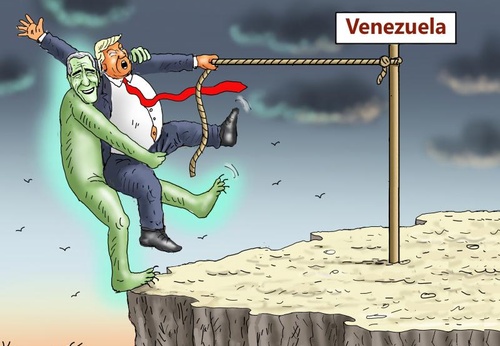
- November 16, 2025
EPSTEIN AT WORK
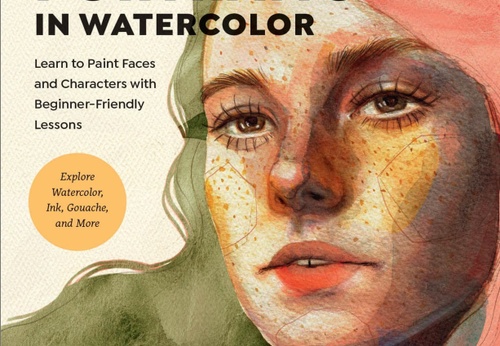
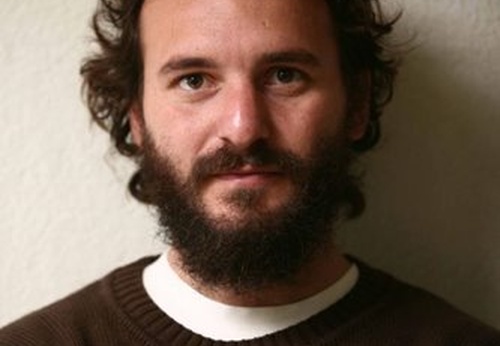
- November 16, 2025
Rodrigo Abd - Argentina
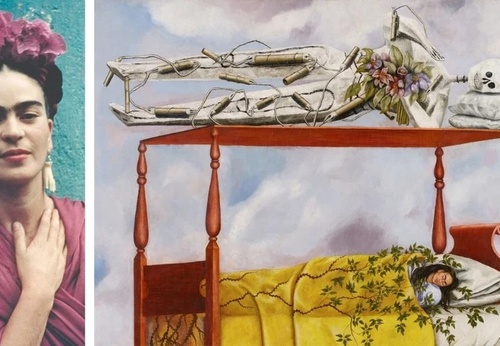
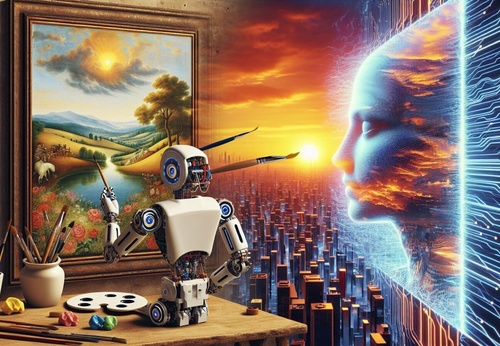
- November 15, 2025
The Influence of Artificial Intelligence on Artistic Creation
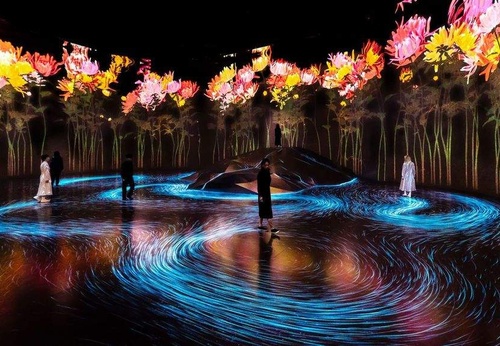
- November 15, 2025
The Evolution of Digital Art in the 21st Century


- November 16, 2025
The Importance of Aesthetic Experience …

- November 16, 2025
Art as a Mirror of Culture: Between Tra…

- November 15, 2025
The Influence of Artificial Intelligenc…

- November 15, 2025
The Evolution of Digital Art in the 21s…

- November 13, 2025
Urban Art in Latin America: A Visual Re…

- November 13, 2025
Urban Art in Latin America

- November 12, 2025
The Art of Photography: Capturing the E…

- November 11, 2025
The Power of Visual Arts

- November 09, 2025
Contemporary Art and Its Diverse Forms …

- November 08, 2025
Graffiti: From the Street to the Galler…

- November 08, 2025
Street Art in Latin America

- November 05, 2025
Art as Bridges: Creativity and Identity…

- November 04, 2025
Mexican Painters Who Left Their Mark on…

- November 03, 2025
Art and Identity in Latin America

- November 02, 2025
The horror and hope of Gaza's children …

- November 01, 2025
The Role of Artificial Intelligence in …

- October 30, 2025
Artificial Intelligence and Its Applica…

- October 30, 2025
Artificial Intelligence in Art

- October 30, 2025
Artificial Intelligence in Art: Creatio…

- October 29, 2025
Street Art and Graffiti — The Colorful …

- August 29, 2023
The history of Bolivian art

- February 19, 2024
Analysis and meaning of Van Gogh's Star…

- January 28, 2024
Culture and Art in Argentina

- September 25, 2023
What is the importance of art in human …

- September 23, 2023
What is paint?

- August 10, 2023
14 questions and answers about the art …

- August 23, 2023
The 11 types of art and their meanings

- August 30, 2023
First artistic manifestations

- September 23, 2023
Painting characteristics

- January 12, 2024
10 most beautiful statues and sculpture…

- March 26, 2024
The importance of technology in art1

- September 23, 2023
History of painting

- March 26, 2024
Cultural identity and its impact on art…

- August 16, 2023
The 15 greatest painters in art history

- April 06, 2024
History of visual arts in Ecuador

- April 02, 2024
History visual arts in Brazil

- October 18, 2023
History of sculpture

- August 13, 2023
9 Latino painters and their great contr…

- August 27, 2023
The history of art Mexico

- January 31, 2024
Examples of Street Art – Urban Art

- February 19, 2024
Analysis and meaning of Van Gogh's Star…

- August 13, 2023
9 Latino painters and their great contr…

- August 23, 2023
The 11 types of art and their meanings

- August 10, 2023
14 questions and answers about the art …

- August 29, 2023
The history of Bolivian art

- August 27, 2023
15 main works of Van Gogh

- January 28, 2024
Culture and Art in Argentina

- November 06, 2023
5 Latin American artists and their works

- September 23, 2023
Painting characteristics

- September 23, 2023
What is paint?

- September 25, 2023
What is the importance of art in human …

- August 30, 2023
First artistic manifestations

- March 26, 2024
Cultural identity and its impact on art…

- December 18, 2023
10 iconic works by Oscar Niemeyer, geni…

- January 20, 2024
What is the relationship between art an…

- January 12, 2024
10 most beautiful statues and sculpture…

- October 30, 2023
Characteristics of Contemporary Art

- August 24, 2023
The most famous image of Ernesto "Che" …

- August 22, 2023
What are Plastic Arts?

- May 26, 2024

